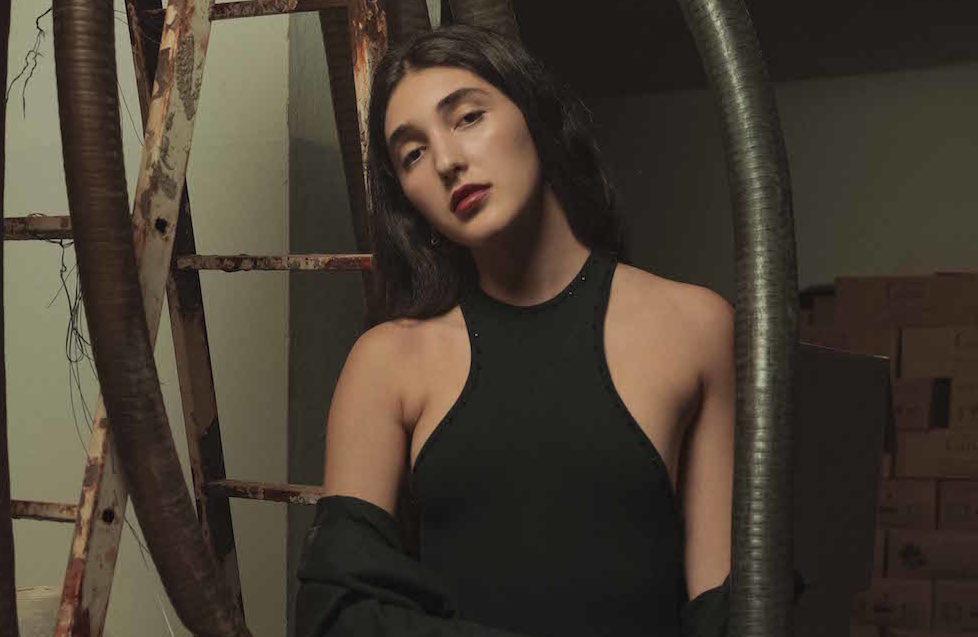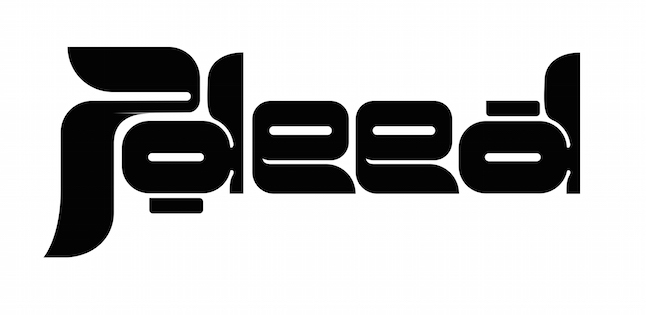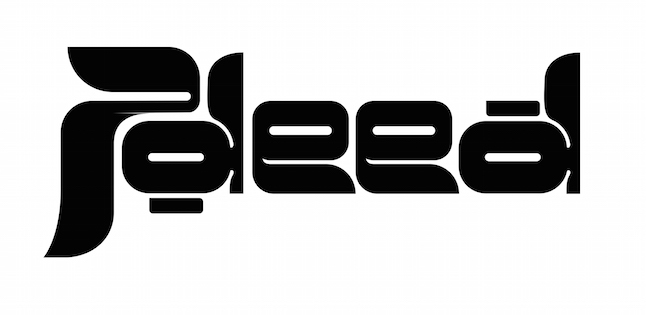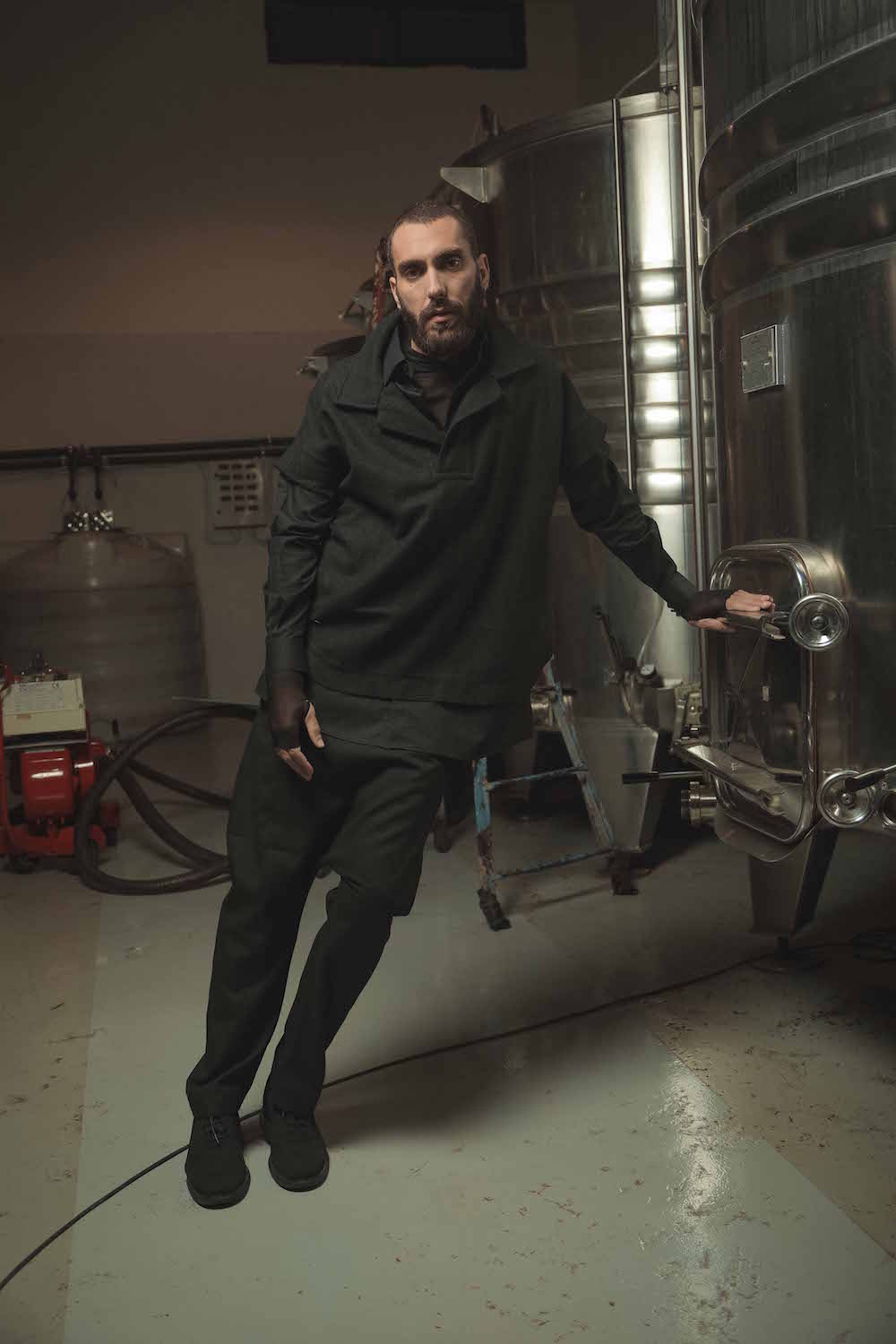
Fashion
“Burnout Paradise” | Eric Ritter of label Emergency Room discusses new collection
“We all know it. You know it,” declared Lebanese clothing brand Emergency Room via Instagram on September 9. While not everyone received the memo on what “it” was, the boutique’s social media page posted three consecutive images of its glass shopfront completely covered in paper, with a shared caption describing a “moment that makes us feel like everything’s gone out of control”. A one-week social media hiatus later, Emergency Room revealed the launch date of Burnout Paradise, its FW19 Code Blue collection.
“Welcome to Burnout Paradise” is a phrase which is almost characteristic of Emergency Room’s ethos. The boutique officially launched in June of this year, and its founding designer Eric Mathieu Ritter has managed to roll out three collections in the short period since then: a SS19 collection, the cheekily named Masc4Masc midsummer capsule collection, and the FW19 Burnout Paradise Code Blue collection.
Burnout Paradise launched on September 24 at the Emergency Room boutique in Mar Mikhael. Upon arrival, attendees were invited to rid the shopfront of its paper cover and throw what’s left of it into a fire-ready barrel. As the brand’s PR spectacle continues to provide the Lebanese fashion cyberspace with something to feed on – such as establishing Ritter’s grandmother Hoda Ziade as Lebanon’s first senior fashion model – we decided to catch up with Eric to learn more about Burnout Paradise and what to expect next from Emergency Room.
If you haven’t already watched our INJDEED episode with Eric, now would be a good time.
Words/Hadi Afif
Emergency Room took the country by storm early last summer. The billboards and posters were everywhere. How did you manage to pull that off, and what was it like seeing your work everywhere on the streets?
Three things: hard work, some luck, and a kickass group of people around me. I would like to think that I am relentless and painfully detail-oriented, which I am, and that goes a long way. But the exchanges you have with the individuals surrounding you always end up being the Maple syrup holding the tower of pancakes together. I have everyone to thank for, a lot. Seeing the brand everywhere was a bit of a classically overwhelming “look ma I’m famous” moment in a way, and a very proud one. Even more so was the realization of the impact of Emergency Room’s message on the current state of fashion and how we treat it, and the number of people it reached.
Your brand boasts “ethically-produced” fashion. Can you guide through the process of making one of your pieces?
Now seems to be the right time to bring up the fact that fashion isn’t only the second most polluting industry in the world, but also one which employs one sixth of the world’s population. It is becoming more and more urgent that designers take responsibility for the way they create clothes and build a business. At Emergency Room, we have divided our production to result in four distinct labels, each having specific attributes but all aiming to create a healthier fashion ecosystem. Just like in an actual emergency room, we have color-coded our sub-labels according to the condition of the materials used in the process and the level of emergency they seem to be in. Code Blue is made out of natural black and white fabrics, Code Yellow is made utilizing dead stock fabrics, Code Orange is made out of reclaimed vintage and secondhand fabrics, and Code Red is made out of vintage and secondhand clothes.
Whichever line we are producing under, we will start by sourcing materials in the souks of Tripoli then gathering all our findings in Tara W Kheit, a cooperative based in Tripoli which produces most of our items. It is where we organize, clean, and prepare said materials and allocate them to designs before redirecting them to one of the multiple artisans we work with.
You’ve had three collections at the boutique so far: the SS19 collection, Masc4Masc, and Burnout Paradise. What keeps you so motivated?
We opened our boutique and simultaneously showcased our SS19 collection mixing various materials and means of production. Soon after, we launched a capsule collection through which, as a gender-neutral label, we aimed to redefine masculinity. And just recently we presented our FW19 Code Blue collection: Burnout Paradise!
I would say that what keeps us motivated is the multitude of ideas coming our way, but also an ever-growing need and desire to do, to make, and to communicate. Every collection we make and every event we host at our boutique is a moment we share with like-minded people, a moment to talk about what we do as a brand and as active members of a society in dire need of change.
Burnout Paradise is a highly conceptual clothing line. Where did you get the inspiration from, and why “burnout” in particular?
As any entrepreneur today would tell you, launching a business isn’t an easy ride. It’s a journey of high ups and low downs. That and the processes of the city in which we live make it ultimately impossible to avoid emotional and mental burnout. It’s a thought that struck me the day we shot the look book in the shop. We had put paper up on the windows to shield us from sunlight and I thought, “This looks great!” The shop seemed closed, as if we were out of business, as if we had burned out. And that was it. We then added ”Paradise” because there is truly no way anyone could avoid burnout, so why not make the best out of it and encourage positive outcomes and growth?
There has been an obvious progression in the brand’s style, with the Code Blue FW19 collection predominantly sporting blacks and whites compared to the very colorful previous collections. What’s the reasoning behind that decision?
Code Blue is the first collection we present each season. It is predominantly in black and white because the focus is on the cuts. With each Code Blue collection, we are introducing and showcasing the lines, shapes, and styles to rule over the entire season. Think of it as a “template” collection, templates that will then be reinterpreted in a multitude of colors, patterns, fabrics, and materials, channeled through our different labels, and progressing towards distinct and unique one-of-a-kind items. It is a collection developed without fuss and far from color variations, prints, or decorative elements. It’s a collection that sets the tone for the season to come, which is why one could say it stems from life, from personal experiences, and from whatever is happening around us.
What can we expect next from Burnout Paradise? Any other codes we should be looking out for?
Most definitely. What I can say for now is that Code Yellow is next, which will be centralized around dead-stock fabrics; fabrics that shops haven’t been able to sell for various reasons linked to the different stakeholders of their distribution chain. You can definitely expect colors and prints, and maybe another burnout.
Credits/
Photography/Rayan Chehab
Styling/Gabriela Kassab
Models/here featured: Léa Hadidian, George Barbari
Producer/Lilia Laurel
Location/Château Cana
Cover picture/Léa Hadidian









0 comments